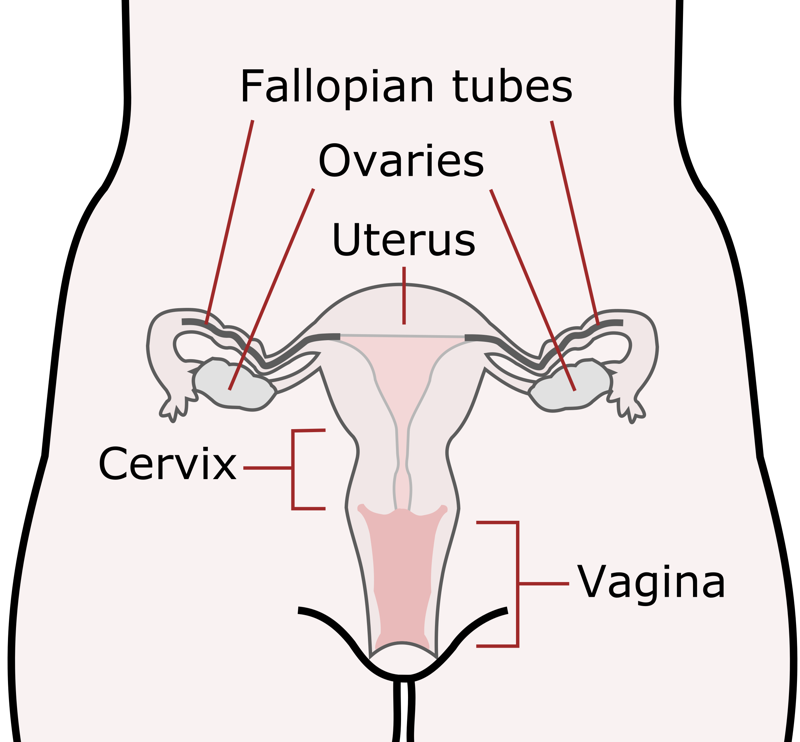
Tick, tick, tick
The dreaded sound of the biological clock plagues the imagination of many unmarried women in their early thirties. Some worry about infertility, miscarriages and complications during pregnancy at an older age. There is no denying that women are most fertile in their twenties and chances of infertility are significant over the age of 35 and a lot worse over 40, but conceiving after 35 is not impossible.
Many women today want to postpone pregnancy for various reasons including career and stability, and a significant number of them succeed in having babies over the age of 35 thanks to the advances in modern medicine.
Male infertility and biological clock
Typically, when an older couple has trouble conceiving, it is usually assumed that the problem lies with the woman. But, hear this, men contribute to about 30% of infertility cases and are solely responsible for about 20% of them. It was believed that only women have a ticking biological clock, but recent evidence suggests the existence of a less dramatic biological clock in men too.
Most male fertility issues can be treated with either medication or surgery. In case of low sperm count, in vitro fertilization (IVF) is also an effective work around. Read this post for details on male fertility and semen health.
Infertility in women
Among women, ovulatory problems, tubal damage, endometriosis and egg quality are likely causes of infertility.
Ovulatory problems
This accounts for 20% to 40% of female infertility problems. Ovulatory problems are of two types. If ovulation is irregular it is called Oligoovulation and if ovulation is completely absent it is called Anovulation.
Causes of ovulation disorders include, being overweight or underweight, hormonal imbalances like those causing polycystic ovarian syndrome (PCOS), stress, thyroid disorders and cysts.
Fertility drugs can help with egg maturation and release. In case of PCOS some drugs may not work because of insulin resistance. In these cases insulin sensitizing drugs can help.
Hormonal treatments administering a combination of estrogen and progesterone and IVF are also available options. This article shares more details on treatment of ovulatory problems.
Tubal damage
We talked a little about this when I posted about appendicitis, remember?
If the fallopian tubes are either damaged or blocked, then the sperm cannot get to the egg, thus preventing fertilization. Sometimes the blockage is small allowing for the sperm to pass through, but preventing the fertilized egg from reaching the uterus. Depending on the level of damage, it may be possible to repair it through laparoscopy. However if the damage is too much then IVF may be needed. This website provides details about various options, available to women for getting pregnant in case of tubal damage.
Endometriosis
Yesterday I did a detailed post about endometriosis and mentioned that it can cause infertility. About 40% of women with endometriosis experience some degree of infertility as endometriosis can result in formation of scar tissue and adhesions all over the pelvis. There are several treatment options available for endometriosis, and early detection and treatment may help prevent complications like infertility, but if infertility does occur, one can still conceive with IVF.
Egg quality
Women are born with all the eggs they will ever have which is around two million. I know what you are thinking. Wow that's a lot! But by puberty only 300000 are left. About a 1000 eggs are lost every month once puberty starts. Those eggs are really disappearing really fast. You see, only about 400 eggs make it through ovulation.
With age, not only does the number of eggs diminish, but so does the quality of the eggs. After the age of 40 women are likely to have more bad eggs than good ones. Younger women too can have poor egg quality due to genetics, health problems or life style choices like smoking or drug abuse.
Poor quality eggs have trouble with fertilization and implantation. Even if implantation does occur, there is a higher risk of miscarriage.
Sometimes, women who know they will want to get pregnant only much later in life, choose to harvest their healthy eggs at an early age and freeze them for future use via IVF.
So what exactly is this IVF, the answer to so many fertility problems, we have been hearing so much about and how does it work?
In vitro fertilization
As the great guru Wikipedia says, IVF is a process in which an egg is combined with sperm outside the body (in glass, aka vitro in Latin). It is a 5 step process.
Stimulating ovulation: A combination of fertility drugs are used to stimulate ovulation and assist with egg maturation and release. Multiple eggs are desired as not all will develop or fertilize. Hormone levels are monitored through blood tests and ovaries are monitored through transvaginal ultrasounds
Egg retrieval: Eggs are retrieved by a minor surgical procedure by sending a needle up the pelvic cavity guided by ultrasound imaging.
Sperm preparation: The sperm is obtained and prepared to combine with the egg.
Insemination: The sperm and eggs are mixed together and kept in a laboratory dish for fertilization. If the chances of fertilization are low, like in case of low sperm count, then a single sperm is injected in to the egg to facilitate fertilization. The eggs are monitored to confirm fertilization and once cell division begins, the fertilized eggs are considered to be embryos.
Embryo transfer: The embryos are examined and the healthiest ones are transferred using a catheter passing through the vagina in to the uterus, about 3 to 5 days after fertilization.
This video gives you a very good idea of how the procedure is carried out.
Implantation should take place between 6 to 8 days after fertilization and 14 days after embryo transfer is the pregnancy test.
The procedure from starting injection of fertility drugs up until implantation takes about 18 to 25 days. A course of birth control medication is usually advised during the menstrual cycle before starting fertility drugs.
IVF involves significant physical, emotional and financial commitment and has a significant chance of failure. In India a single IVF cycle can cost up to Rs 200000 (~$3000), which is significantly less than it costs in the US. IVF also increases the likelihood of multiples, which can make pregnancy more challenging.
The chance of success of IVF varies with age and though it is generally believed that it is optimal to try a maximum of 3 IVF cycles given the emotional and financial stress involved. Some recent research however, seems to suggest otherwise. The issue is complex, and discussed in some detail in this article.
Some fiction for a change
Pregnancy, can come with a host of complications that cause a lot of emotional stress. This is a heartwarming short story about two friends, one undergoing IVF and the other dealing with PPD, at the same time, and how they find a way to help each other through their struggles. I thought this was an appropriate time to share it and I hope you enjoy reading it. Our girl friends are our greatest assests and they can help us get through the toughest of times. So let's not forget to reach out to them and stay connected.
I am thrilled to be participating of the A to Z blogging challenge 2018.
